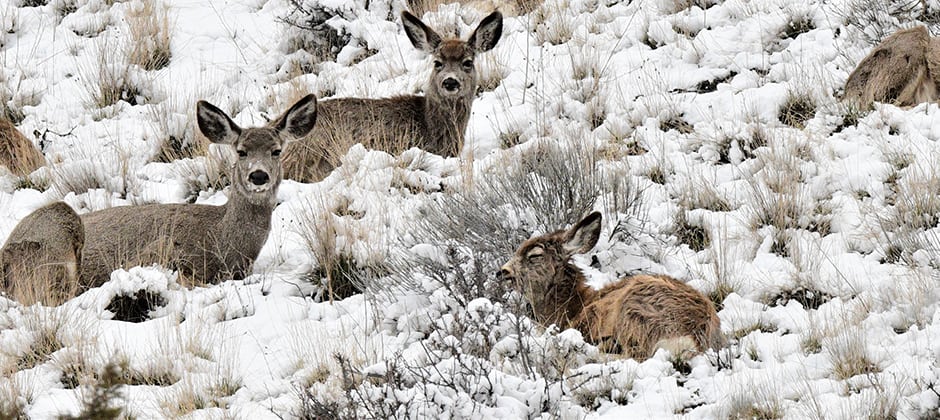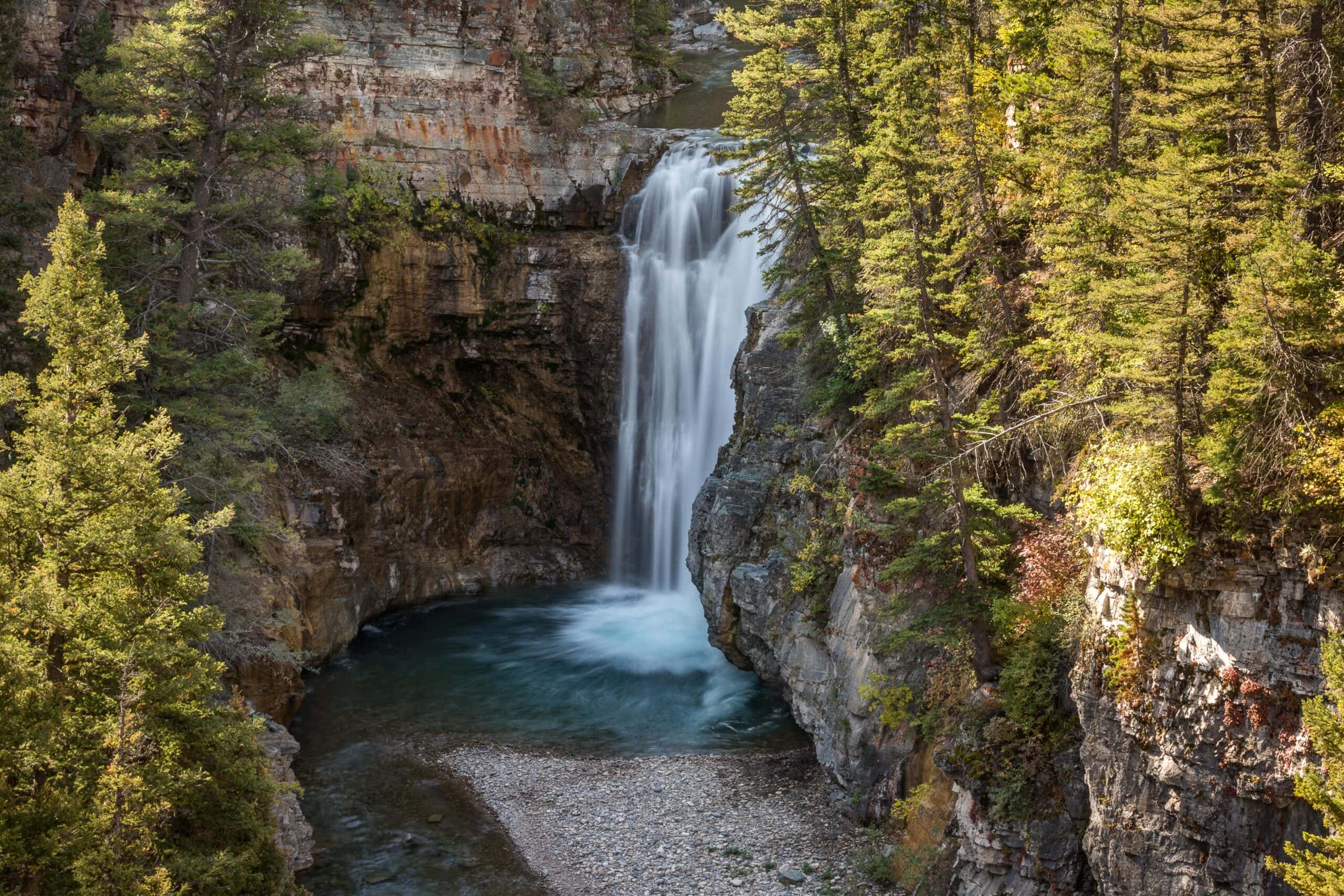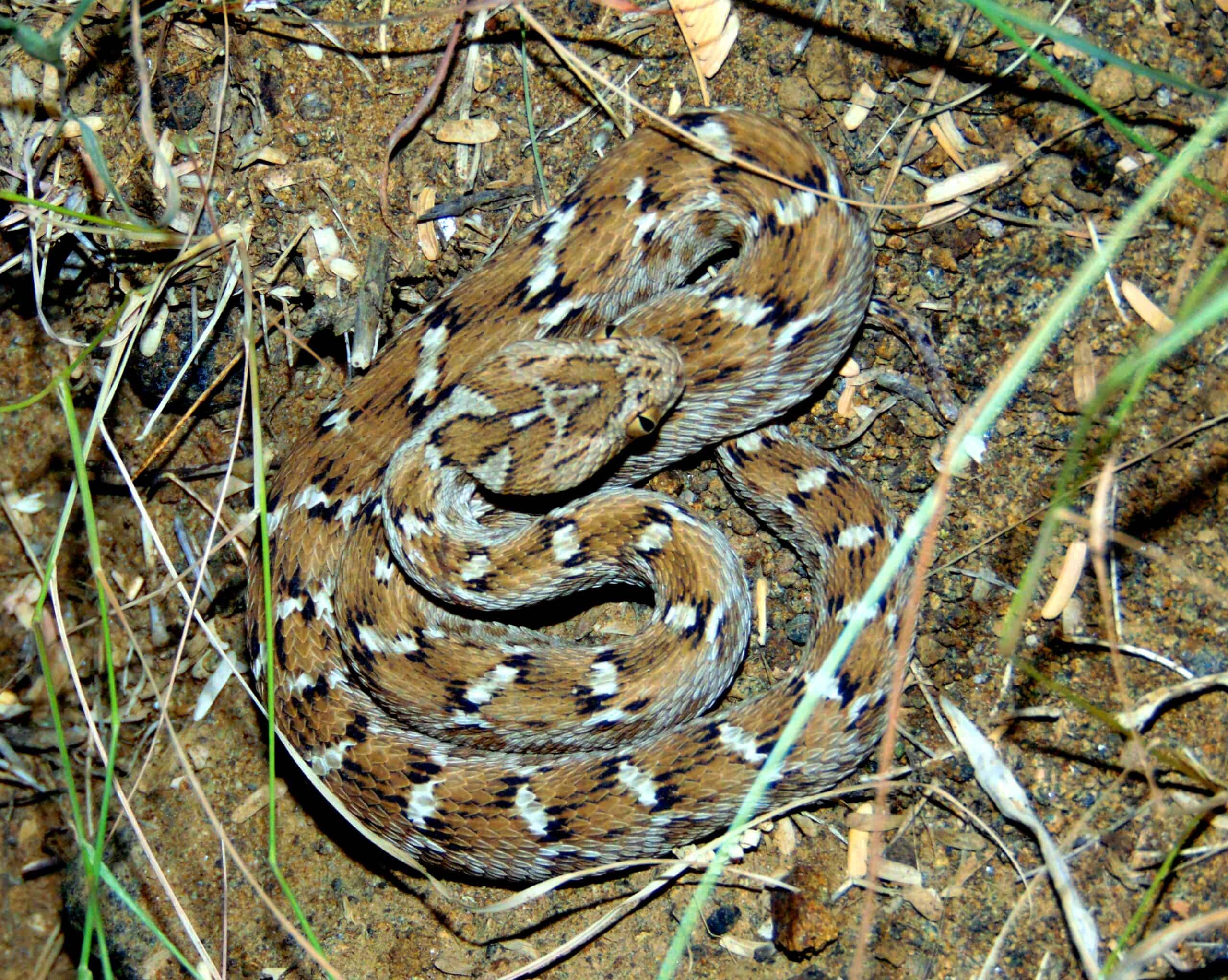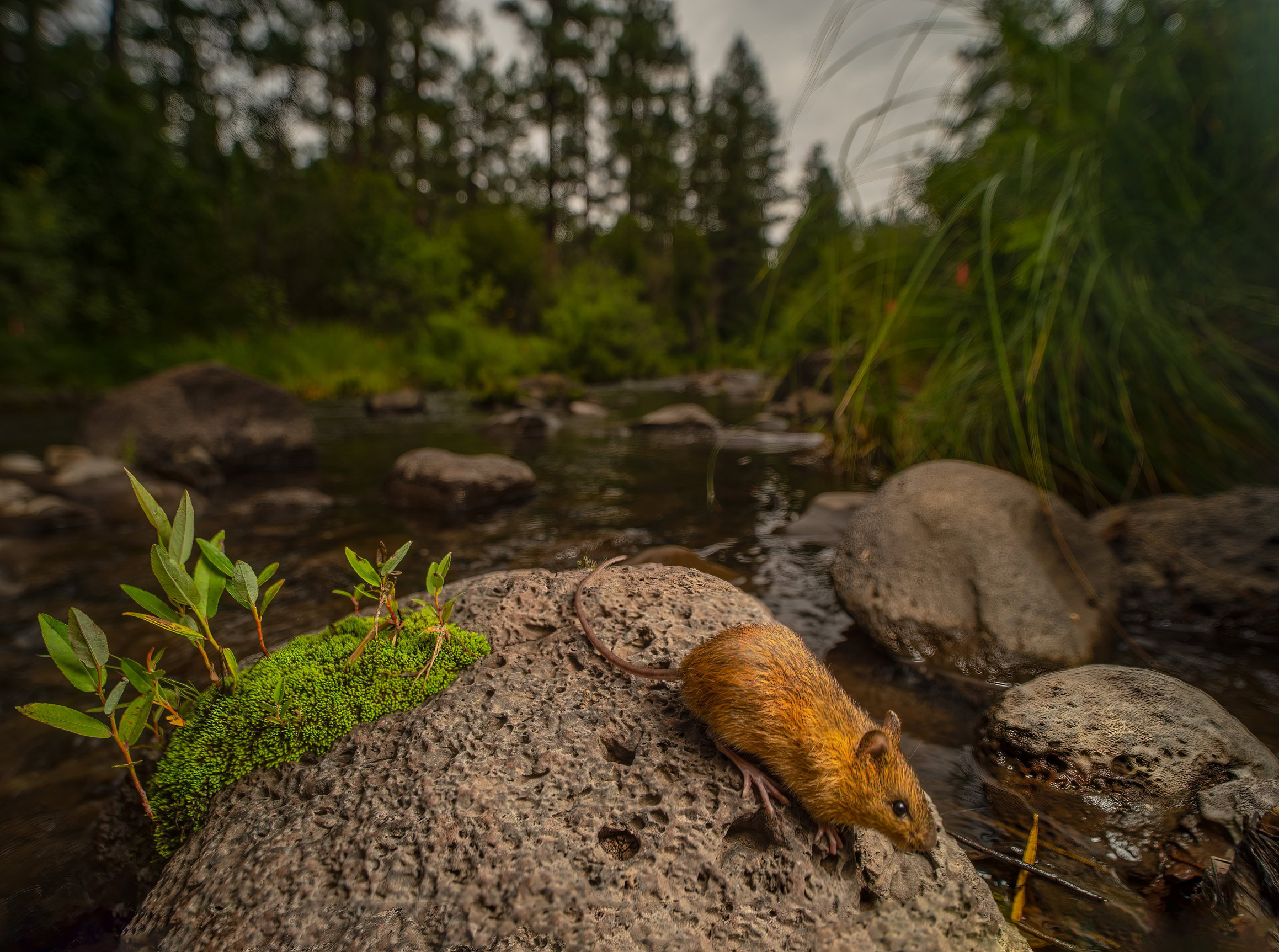Share this article
Wildlife Featured in this article
- Deer
- Elk
- Moose
Resources Featured in this article
JWM: Snowy weather affects mule deer survival in the winter
In northwest Montana, mule deer face snowy conditions that impact what they eat and how well they survive the region’s cold winters. Some subpopulations are partially migratory. They forage abundant, nutritious vegetation in the high country in the summer and move down to lower-altitude river valleys in the fall.
“Much of this is to avoid deeper snow areas in high elevation spots and to try to get at the forage buried under shallower snow areas in their winter range,” said Colby Anton, who studied the mule deer as a postdoctoral research associate with the Montana Cooperative Research Unit.
When Anton joined the project, the research unit had been radio collaring mule deer to learn more about their behavior in the summer. Anton wondered about the winter. Three different parts of the region see drastically different snow conditions—one gets tons of snow while the other two fluctuate—and that could lead to very different responses.
He led a study published in the Journal of Wildlife Management tapping into data from 126 collared mule deer (Odocoileus hemionus) over the course of three years. His team also collected vegetation and ground cover data, took scat samples to determine what the deer were eating and honed in on snow accumulation and other climate variables.

They found that the deer responded to deeper snow by seeking out denser tree canopies, which seemed to provide some refuge from the snow. Snow depth also affected their diets. In deep snow, some deer turned to browsing on conifers. Others, less confined by snow, had much more diverse diets with more shrubs.
These different responses seemed to influence how well female mule deer survived. “Animals experiencing deeper snow in their home ranges also had lower winter survival probabilities,” Anton said. That was especially the case in 2018, when the snow was particularly deep and the mortality particularly high.
These behaviors are especially important to understand as the climate changes, leading to more variable snow levels from year to year, Anton said. But they also point to the consequences of other management decisions.
“It’s important to think about how disturbance like logging practices, wildfires and prescribed fires are impacting how animals are able to utilize denser canopy cover areas and increase survival during harsh winters,” he said.
Anton has since switched gears. He now works as a black bear biologist with Montana Fish, Wildlife and Parks. But he is happy his findings are already being taken into account.
Collaborative efforts are underway in two of the study areas looking at how best to distribute forest harvest practices to avoid harming important resources for mule deer—especially in harsh winters.
“It’s exciting the research is, in fact, being directly applied on the landscape to inform how we make decisions,” he said.
This article features research that was published in a TWS peer-reviewed journal. Individual online access to all TWS journal articles is a benefit of membership. Join TWS now to read the latest in wildlife research.
Header Image: Mule deer eat less diverse forage when the snow is deep. Credit: Mike Thompson








